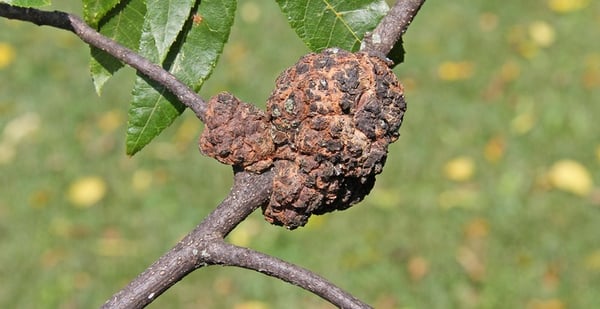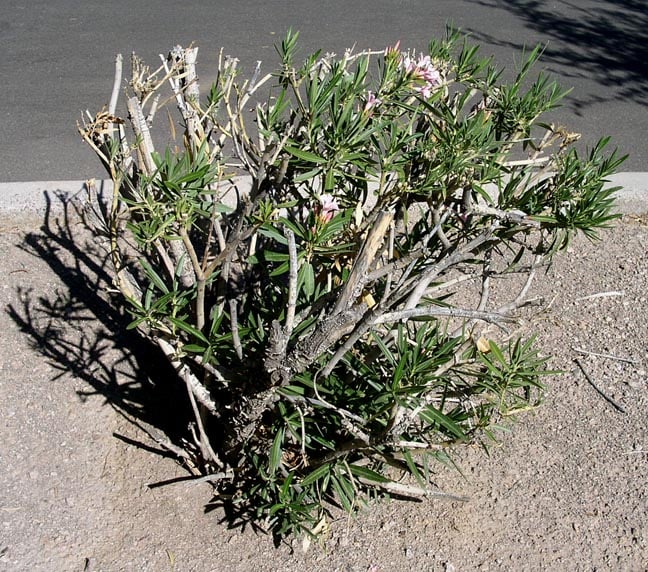Sal Bracale
Plant and Tree Disease - Gall FAQ
One of the popular topics we get asked about at the nursery is plant diseases that could be a problem for our area. One that specific disease that can show up in Arizona is something called 'Gall.'
Which Plants and Trees does Gall infect?
Gall is most common on plants, such as oleanders or trees such as some ash varieties. It is sometimes found on oak trees but not often. Mainly, it's caused by a bacterium that's most commonly spread by the use of landscape tools that have not been cleaned properly in between uses.
Do my Plants and Trees have Gall? 
The signs that your plant material might be struggling with Gall disease are pretty noticeable. If your trees or plants are infected, you will see a large knot that looks a ball growing on a stem. (pictured)
How Did My Plants get Gall?
Often, Gall is brought on by landscapers who don't do a professional job and don't understand how to care for their tools or equipment properly. Make sure you hire a true professional when you have them come out to your house and take care of the significant investment you made on your property.
How do I get rid of Gall on my plants?
When you see this problem in your trees or plants, the only way to get rid of the disease to remedy the infection entirely is to remove the branch that has visual damage. If you notice that your plants or trees are showing signs of Gall, it is time to start trimming!
All you need are properly disinfected tools to remove the branches that show the visual damage of Gall. Once you remove the infected area from the stem below the area that's been affected, you should be good to go! Be sure to monitor your plants afterward for a few days for any signs of Gall returning.
Always disinfect your Landscaping TOOLS
The easiest way to disinfect your tools is to mix half water and half bleach into a bucket. While trimming your branches, dip your yard tools into the bucket after each clip of your plants. We recommend dipping after each use so that the infection doesn't spread. Once you are done trimming your plants, immediately treat your tools and disinfect them again before you put them away.
Future Plant Care
Make sure that you start the process of a proper care plan for those plants. Get them back to health using products like our custom-blended Moon Juice and Moon Dust help your plants recover faster.
Talk to a Nursery Expert Today
If you think you see some damage on your plant, come into any Moon Valley Nurseries location and see a nursery professional who can give you the proper advice for your yard.
Submit a Comment